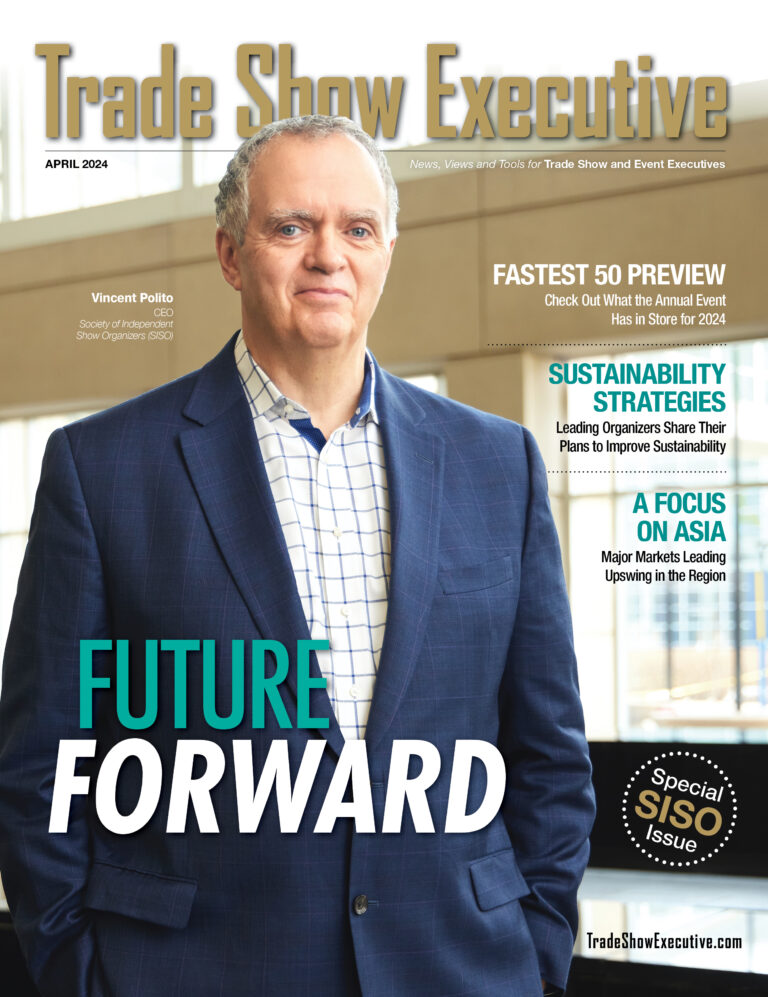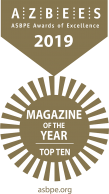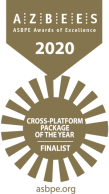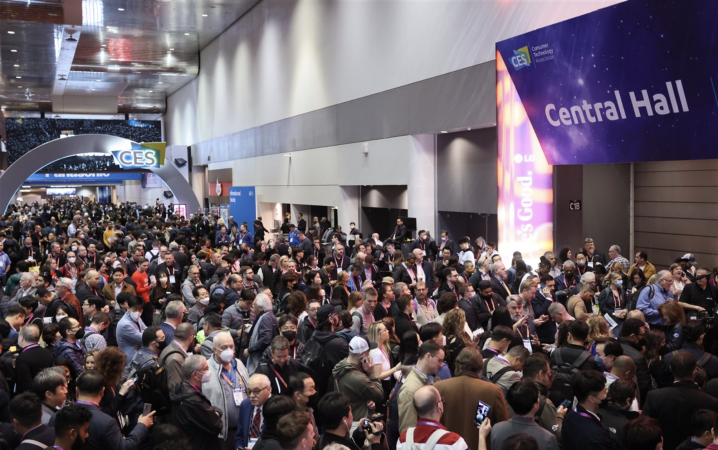Are you running your events differently than you did pre-COVID? At the Consumer Technology Association, we are. Here’s how we adapted CES to meet the challenges of the pandemic, and what I hope it means for the future of events.
COVID-19 wasn’t the first airborne virus to hit the trade show circuit. Taking place in January, previous CES shows have landed in the middle of major flu seasons. While we had hand sanitizer and heath care professionals on site, we did not give much time or attention to flu transmission. Those pre-pandemic shows belonged to a different era of risk management.
Just a few weeks after CES 2020, my wife, Dr. Susan Malinowski, shared a radio story about a full-city quarantine in China. While the story was brief, she told me this new virus would infect the world. At a CTA Investment Committee meeting the following week, she told our board members they “were in the Kubler Ross stages of denial” and that the virus would prove to be more than just a China supply chain issue. Before it was even known as COVID-19, she explained that the virus would be the biggest thing in our lifetime, with the potential to cause economic turmoil and social unrest. She was right.
By early March, our Board concluded it made sense to cancel all physical events for the remainder of 2020. We also planned a two-track approach for CES 2021: an entirely digital event should we cancel CES 2021 and the physical event if we could go forward. To the consternation of some of my trade show colleagues, we announced a pivot to our first all-digital show a full seven months before the event to give our exhibitors and others maximum time to adjust. Planning for CES 2021 delivered the first big lesson of the COVID era: do top-level scenario planning, figure out who you trust and act quickly and decisively.
We also learned that the virus itself wasn’t our only risk. In Spring 2021, a major US broadcaster ran an article implying that CES was the super spreader event that introduced COVID-19 to the United States. The story had been passed over by several media companies as it centered on an account by just one CES attendee, but once published it was picked up by scores of media. I was horrified by this allegation. COVID-19 cases were not reported anywhere in the U.S. until late January and no case was reported in Las Vegas until March. While the editor ultimately agreed to revise parts of the story and add context from reputable medical experts, the harm to our reputation had been done. Even as a seasoned trade show veteran, the incident both scarred and scared me. As Warren Buffett once said, “It takes 20 years to build a reputation and five minutes to ruin it.” That’s especially true in our headline driven, click-bait environment.
That reality was top of mind as we planned for an in-person CES 2022. We sought input on measures to reduce the spread of airborne infections from many sources including volunteer doctors and an outside medical consultant specializing in events. Based on their views, we required all participants to be COVID vaccinated and masked. We widened many aisles, created one-way corridors in busy areas and offered Abbott BinaxNOW COVID tests to all attendees. We also created protocols to deal safely with those testing positive on-site.
Things looked great – until they didn’t. Around Thanksgiving 2021, the Omicron variant began to spread around the world, prompting some major exhibitors to cancel or scale down their presence in the last weeks of December. The press saw a story and amplified it, putting pressure on us to cancel our physical event. We weighed the evidence and decided to proceed with CES, although we did shorten it by a day. What persuaded us to stay the course was the recognition that so many companies, especially startups and smaller tech companies, rely heavily on CES for much of their annual business. I was also moved by our Board discussions as well as private input from the CEOs of a few Fortune 500 companies who urged us to go forward on principle. The nation needed leadership in learning to live with COVID.
The tough decision to go forward, by almost all accounts, turned out to be the right decision. While the show was smaller – attracting around 44,000 attendees and just 1.27 million net square feet of exhibit space – both exhibitors and attendees were thankful and joyous. More, many of the smaller companies participating told us that this CES was a great opportunity for them to grab the spotlight and connect with buyers and media. We also saw success based on the principled leadership position we took with the U.S. Travel Association lauding CES as “a model for how business trade events can take place.”
At CES 2023, we built on this success and focused on reducing transmissible illness as a whole. We consciously shifted to a more touchless environment, supplemented by more outside airflow. Recognizing a gradual return to “normal” ways of convening in-person, we strongly recommended but did not require vaccines, including flu shots. Working directly with LVCVA head Steve Hill and other facility leaders, we kept many facility doors and even a few loading dock doors open to reduce health risks to our attendees. We hired 80 greeters to help greet and open doors for arriving attendees. As a major trade show producer, I thought it vital to take measures not just against COVID-19, but to reduce transmission risk of any illness spread by air or touch. Health considerations must trump building aesthetics and energy efficiency.
I believe 2023 was the healthiest CES ever. We had remarkably few positive cases and near-zero social media chatter about illness. More, we surveyed our attendees and found that fewer than 10% reported any type of sickness in Las Vegas or within three days of returning. That’s especially amazing considering the scale of the show: nearly 120,000 attendees and more than 3,200 exhibitors. Hallelujah!
Attending any event poses health risks. As event organizers, we can lower them by moving to a more touchless environment and taking reasonable steps to understand the health environment. At the same time, we can and should celebrate the impact of these events – recognizing their importance as moments for people to connect, collaborate and find moments of serendipity. I hope you’ll join me in doing both!
Reach Gary Shapiro at (703) 907-7600 or gshapiro@cta.tech












